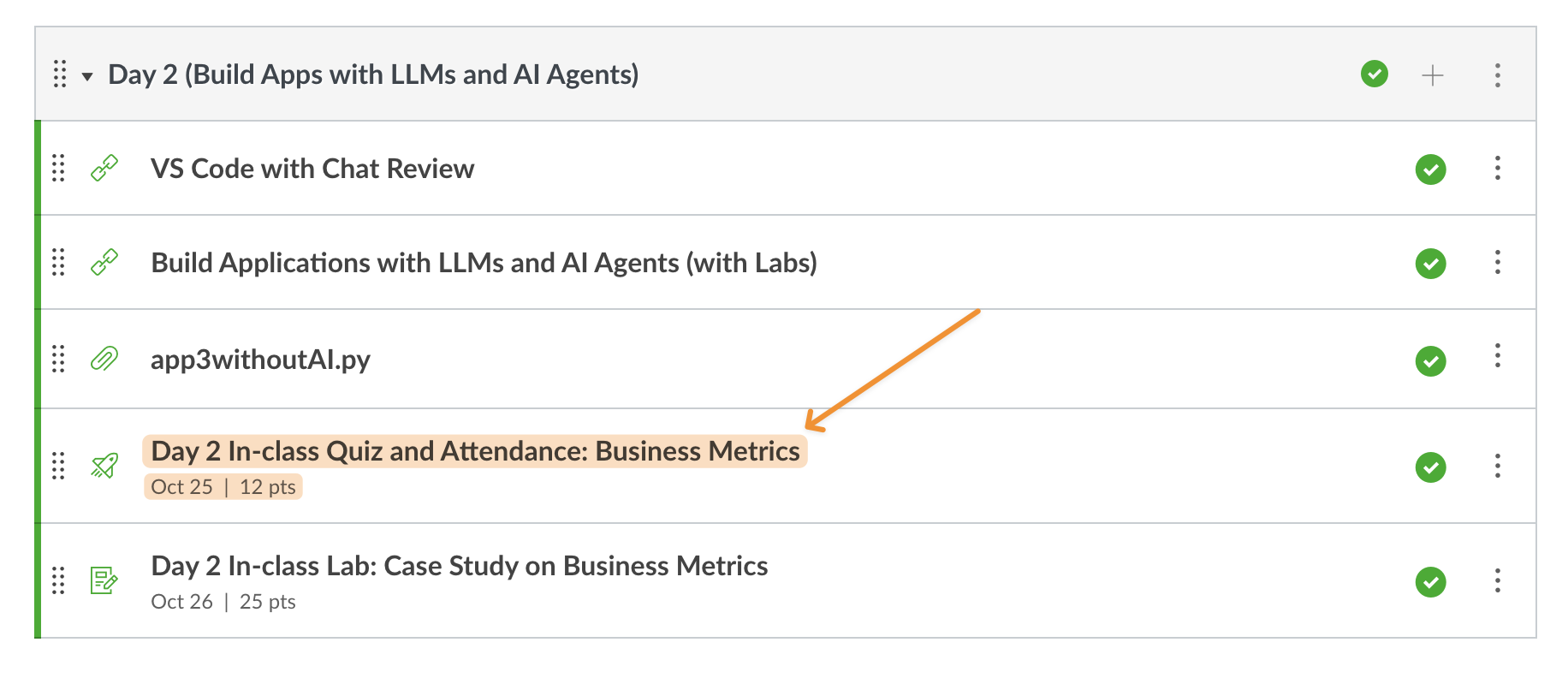6 Lab - Business Metrics Practice
6.1 Business Metrics
A business or data analyst’s job begins with identifying the right questions to ask. The next step is to find the best possible answers within the available time and resources. Finally, the analyst must ensure that these insights lead to practical impact by turning them into clear, actionable recommendations that can be communicated effectively to decision-makers.
The most important question for any analyst or decision-maker is: What changes can we make in our business processes right now to increase revenue, improve profitability, or reduce risk?
Business metrics provide the foundation for answering that question. By tracking and analyzing key metrics, generally grouped into revenue, profitability, and risk, we can identify where change is needed, measure its potential impact, and guide smarter decisions for immediate and long-term improvement.
- Revenue metrics focus on sales and marketing performance — they’re outward-facing and show how effectively a company generates income.
- Everything that relates directly or indirectly to selling is a revenue metric.
- Profitability metrics measure how efficiently a company turns resources into profit through production, logistics, and operations.
- Examples include how often the company is unable to meet urgent customer requests and loses sales because of insufficient production or inventory.
- These metrics highlight how effectively the business controls costs and minimizes waste to maximize profit.
- Risk metrics assess financial stability and exposure, mainly used by risk managers, creditors, and investors. Such as:
- Net cash out: how many months can the company survive at the present burn rate?
- Churn rate.
- Debts.
- Net cash out: how many months can the company survive at the present burn rate?
A good company should track all three types of metrics.
It’s important to remember that useful business metrics are dynamic — they may change over time therefore they should always be measured and interpreted within a specific time frame.
Now, please take the in-class quiz on Canvas.

6.2 Lab: Business Metrics Dashboard
Please download and read the case package on Canvas.

The goal of this in-class project is to look at a few ad campaigns, analyze their current performance, identify key business metrics and create a dashboard to report them.
6.2.1 Requirements
From a business perspective, specifically, you are asked to:
-
- Ensure users understand what each metric represents and how it reflects overall business performance.
- In short, don’t just calculate metrics — demonstrate that you can interpret their meaning and implications for decision-making.
Developing key business metrics requires domain knowledge — understanding what drives the business. You can use EDA (Exploratory Data Analysis) and AI-powered Q&A to uncover key metrics worth tracking and reporting in the provided data.
6.2.2 Recommended Workflow
A structured workflow helps you move efficiently from exploration to production. It turns messy experimentation into reproducible, professional pipelines for real-world data projects.
Step 1. Rapid EDA in a .ipynb
Step 2. Refactor into a .py metrics module
Step 3. Import the module and design the Streamlit UI
- Mirrors the real development cycle: notebooks for development and experimentation,
.pymodules for stable logic ready for release, and Streamlit for production presentation. - Reusability: Metric functions can be reused across future apps and analyses.
- Testability: Logic in
.pyis easy to test (if name == “main”:). - Maintainability: Update formulas once in the module, not in multiple places.
6.2.3 Project Folder Structure
create a adsanalyses folder in your home directory with the files structured below.
# suggested folder structure under your home directory
adsanalyses/
├─ eda.ipynb # your EDA
├─ metrics_utils.py # functions for load data, and calculating metrics
├─ app.py # your streamlit app
└─ ad_table.csv6.2.4 Submission
Follow the instruction of the In-class Quiz.
